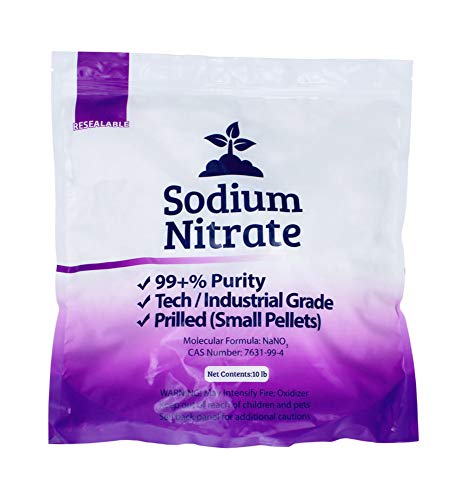I use SO2 to recover my gold from AR and find it very preferable.
1. My question is would using SO2 make recovering platinum, palladium, etc more difficult to recover?
2. Should the platinum be recovered first or after the gold?
Usually, the platinum group would be separated from the gold by inquartation and cementing with copper. But sometimes you get a surprise. Testing with stannous on a pregnant solution of gold gives such a dark (black) color that seeing any platinum would be difficult. It would only be after precipitating the gold that the platinum would be noticed.
It would be great if Harold could chime in, but if not is there anyone else that uses SO2?
3.My thoughts would be to use zinc to precipitate the platinum group metals from solution (AR) if I thought they were of too little amounts to properly work on. Collect and wash the precipitates and store them for future (larger) amounts to accumulate.
4.However should the AR solution be reduced to a concentrate before trying to get the platinum group out, or will it come out in gold's more preferred dilute solution?
Any thoughts?
Nick
1. My question is would using SO2 make recovering platinum, palladium, etc more difficult to recover?
2. Should the platinum be recovered first or after the gold?
Usually, the platinum group would be separated from the gold by inquartation and cementing with copper. But sometimes you get a surprise. Testing with stannous on a pregnant solution of gold gives such a dark (black) color that seeing any platinum would be difficult. It would only be after precipitating the gold that the platinum would be noticed.
It would be great if Harold could chime in, but if not is there anyone else that uses SO2?
3.My thoughts would be to use zinc to precipitate the platinum group metals from solution (AR) if I thought they were of too little amounts to properly work on. Collect and wash the precipitates and store them for future (larger) amounts to accumulate.
4.However should the AR solution be reduced to a concentrate before trying to get the platinum group out, or will it come out in gold's more preferred dilute solution?
Any thoughts?
Nick










































































